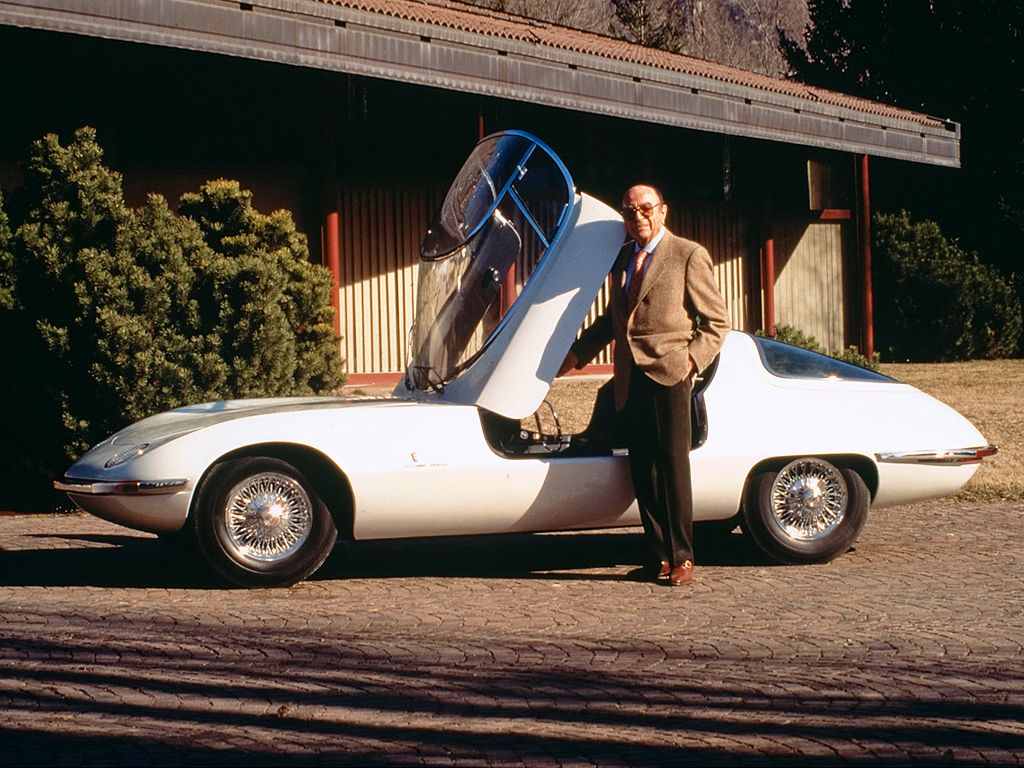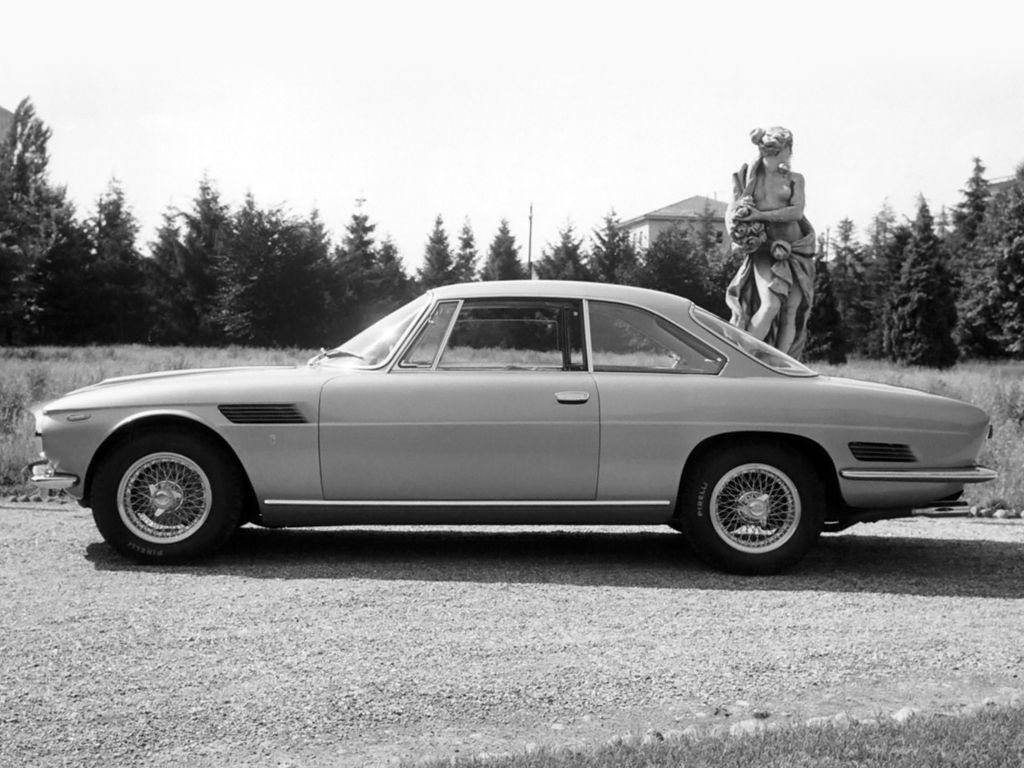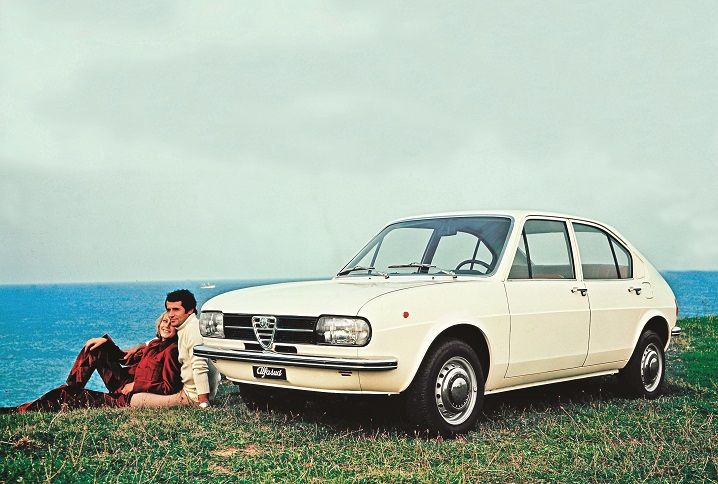Giorgetto Giugiaro: The Designer Of The Century
Images: Italdesign, Makarand Baokar, GFG Style
Did you know that the Fiat Uno (which was also launched in India in 1996 to much fanfare, but failed to garner significant sales) was the marque’s bestseller across the globe, with over 11 million finding buyers from Argentina to South Africa? This made it one of the most successful cars since the Volkswagen Beetle.

The Uno—like the successor to the Beetle, the VW Golf—were all designed by a certain Italian, Giorgetto Giugiaro.

Born on August 8, 1938, in Garessio, a village in Italy’s Piedmont region, young Giorgetto’s family moved to Turin, the centre of the Italian automotive activity, in 1952.

With a penchant for artistic creativity and a very fine hand at handling a pencil, Giugiaro enrolled in an art school in Turin, where he was noticed by Fiat’s engineering chief, Dante Giacosa.

Giacosa recognised the 17-year-old as someone with potential and recruited Giugiaro to work at Fiat’s fledgling design centre, Centro Stile, in 1955.

Four years later, in 1959, Giugiaro was hired by coachbuilder Nuccio Bertone. He replaced Carrozzeria Bertone’s chief design consultant Franco Scaglione, whose exclusive contractual arrangement had come to an end.

Allowed plenty of creative freedom at Carrozzeria Bertone, Giugiaro quickly established himself as a veritable talent. With designs such as the ASA 1000, Alfa Romeo 2000/2600 Sprint coupé, Giulia Sprint coupé, BMW 3200 CS coupé, Iso Rivolta, Simca 1000 Coupé and the Mazda 1500, Giugiaro and Bertone were soon acknowledged as one of the best pairings to develop a new model design.

The cars that stood out during Giugiaro’s time at Bertone remain some of the greatest showstoppers ever.

The Ferrari 250 GT, the Chevrolet Corvair Testudo and the Alfa Romeo Canguro cemented Giugiaro’s and Bertone’s reputations.

The one-off Ferrari 250 GT from 1962 was a classy, two-seater coupé that remains distinctively different from most other Ferraris yet retains a certain Ferrari-esque touch in that nostril nose front, reflecting the nose of the scuderia’s F1 cars from that period.

The Corvair Testudo set the template for several cars that followed: the Fiat 850 Spider and Lamborghini Miura’s headlamps came from the Testudo, as did the Miura’s B-pillar air intakes.

Porsche, for the 928 and the 968, used similar lie-flat pop-up headlamps, and the deeply curved rear glass hatch of the Testudo for the 924.

The Canguro was pure rolling sculpture.

In 1965, Giugiaro left Bertone, and joined Ghia where he developed the Maserati Ghibli and the De Tomaso Mangusta, two designs that defined the move away from curves and undulating forms to straighter lines and sharper edges.

By 1968, Giugiaro was ready to start off on his own and he established a design studio with engineer Aldo Mantovani, called Ital Styling, which later became Italdesign.

From 1968, one good looking bolide after another rolled off Giugiaro’s pen: Bizzarrini Manta, Alfa Romeo Iguana, Volkswagen Tapiro, Alfa Romeo Caimano, Maserati Boomerang and many others.

Since the design and the body engineering were both undertaken by Italdesign, concept cars brought him fame and admiration, while designing mass production econoboxes brought him the moolah.

Projects such as Alfasud, Alfasud Sprint and the Alfetta GTV coupé for Alfa Romeo, as well as the Golf, Scirocco and Passat for Volkswagen, established Italdesign’s reputation.

Over four decades, Giugiaro and his team at Italdesign designed more than 200 products. In May 2010, the Volkswagen Group bought a 90 per cent stake in Italdesign-Giugiaro (as the design house was renamed), and later in June 2015 the German giant acquired the remaining stake.

Since then, Giugiaro has created a new design studio, GFG Design (for Giorgetto Fabrizio Giugiaro) with his son Fabrizio.

Arguably one of the greatest car designers the world has ever known (winning the accolade of Car Designer of the Century in 1999, an award instituted by the Global Automotive Elections Foundation), Giugiaro has been responsible for more cars on the roads today than anyone else.

Hence, the failure of the Fiat Uno in India and the resulting rarity of the Indian-made Fiat Uno is a good reason why the few surviving ones must be quickly grabbed up and saved for posterity, given that they were designed by one of the greatest ever.
Comments
Sign in or become a deRivaz & Ives member to join the conversation.
Just enter your email below to get a log in link.

